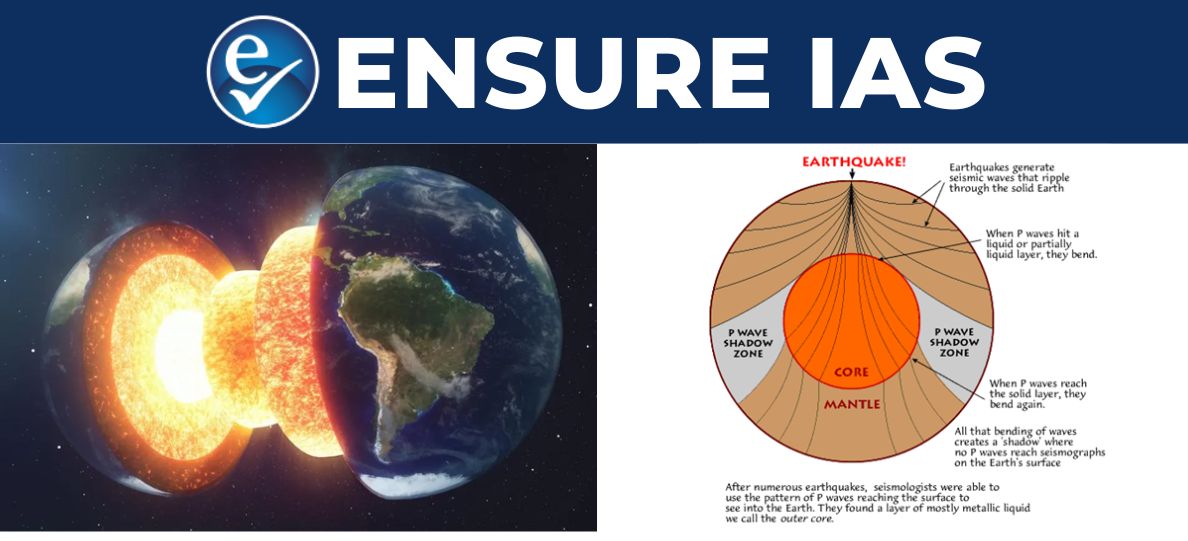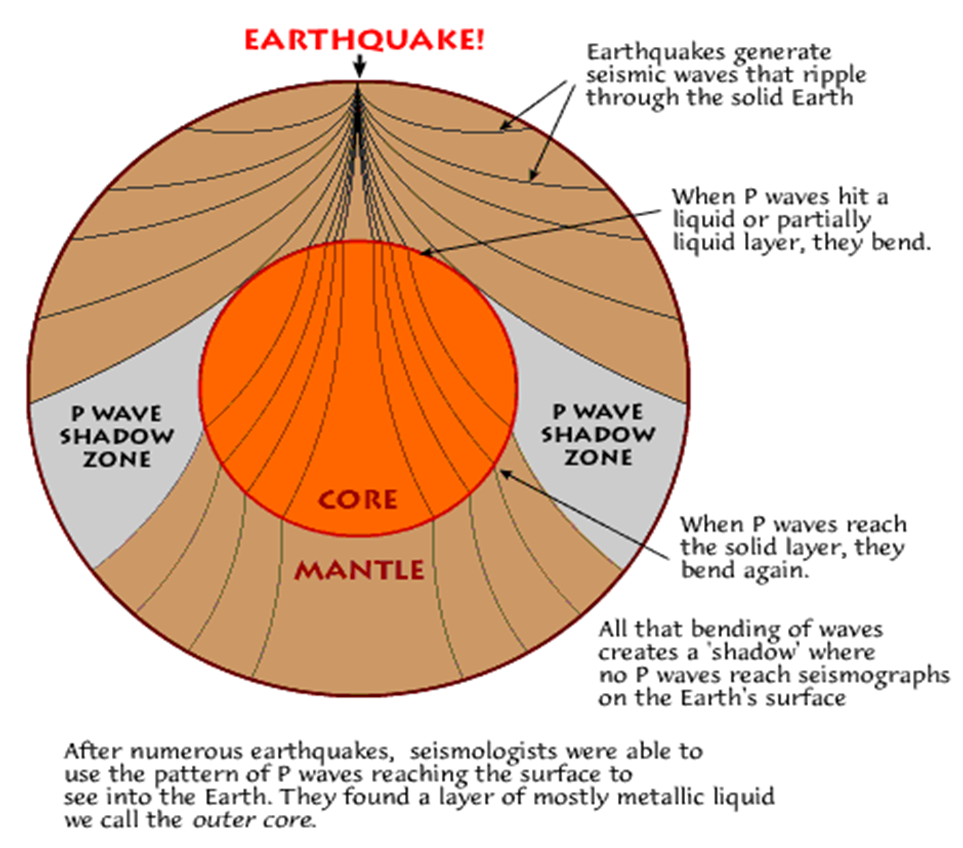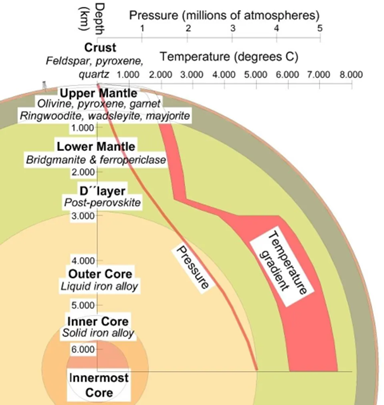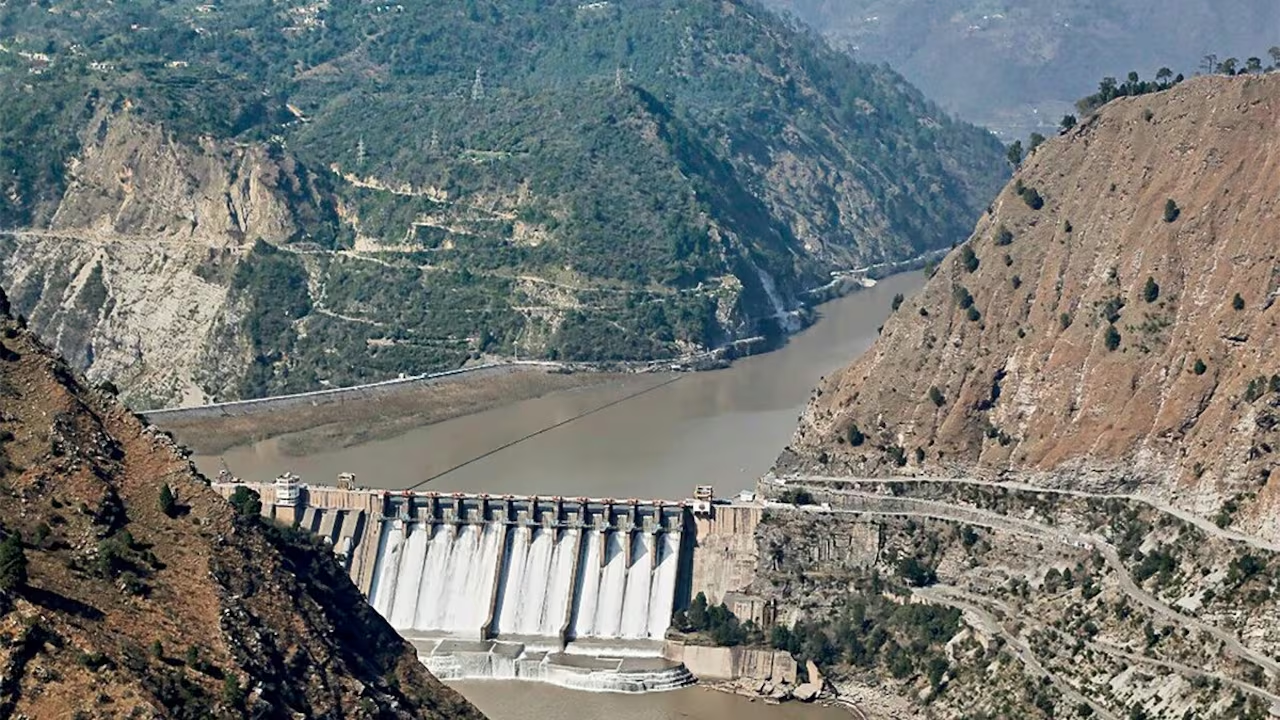- Courses
- GS Full Course 1 Year
- GS Full Course 2 Year
- GS Full Course 3 Year
- GS Full Course Till Selection
- Answer Alpha: Mains 2025 Mentorship
- MEP (Mains Enrichment Programme) Data, Facts
- Essay Target – 150+ Marks
- Online Program
- GS Recorded Course
- Polity
- Geography
- Economy
- Ancient, Medieval and Art & Culture AMAC
- Modern India, Post Independence & World History
- Environment
- Governance
- Science & Technology
- International Relations and Internal Security
- Disaster Management
- Ethics
- NCERT Current Affairs
- Indian Society and Social Issue
- NCERT- Science and Technology
- NCERT - Geography
- NCERT - Ancient History
- NCERT- World History
- NCERT Modern History
- CSAT
- 5 LAYERED ARJUNA Mentorship
- Public Administration Optional
- ABOUT US
- OUR TOPPERS
- TEST SERIES
- FREE STUDY MATERIAL
- VIDEOS
- CONTACT US
Earth’s Core Is Changing Shape
Earth’s Core Is Changing Shape
14-02-2025

- Recently, A new study has revealed that Earth’s inner core is less solid and more dynamic than previously thought. This study is the first to observe changes in the surface of the inner core in such a manner.
- The research, conducted by University of Southern California, the Chinese Academy of Sciences, & the University of Utah, suggests that the surface of the inner core is undergoing a slow, viscous deformation.
- This discovery, based on an analysis of seismic wave data from earthquakes, may provide new information into the mechanics of Earth’s core and the generation of its magnetic field.
Seismic Waves and How They Help Scientists Understand Earth’s Structure:

-
Seismic Waves:
- When an earthquake occurs, seismic waves spread in all directions from the earthquake’s point of origin.
- There are 2 main types of seismic waves:
- P-waves (Primary waves): These are compressional waves that travel through both solid and liquid.
- S-waves (Secondary waves): These shear waves can only travel through solids.
- The speed of seismic waves depends on the material they travel through, with denser and more elastic materials causing waves to travel faster.
-
Seismographs and Earth’s Layers:

-
- Seismographs, instruments that detect seismic waves, record the time it takes for waves to travel through the Earth.
- By studying these waves, scientists can infer the composition and structure of Earth’s interior.
- Traditional models of Earth’s internal structure have depicted the Earth as consisting of:
- A solid crust on the outside.
- A viscous mantle beneath the crust.
- A liquid outer core composed mostly of molten iron and nickel.
- A solid inner core at the center, largely made of iron.
-
Previous Models and Assumptions:
- Studies, including one in 1995, proposed that the inner core might be a solid, gigantic crystal made primarily of iron.
- The seismic data used in such studies suggested that the inner core was a rigid structure, with little or no deformation.
The New Discovery:
- The Research Team and Data:
- The team analyzed seismic data from 121 earthquakes that occurred between 1991 and 2024 near the South Sandwich Islands in Antarctica.
- The data from 2 receiver-array stations, located in Fairbanks, Alaska, and Yellowknife, Canada, were used for the study.
- The focus of the research was initially on tracking the rotation of the inner core, but an unusual dataset stood out during the analysis.

-
The Unusual Dataset:
- The seismic waves recorded at Yellowknife, Canada, exhibited unexpected properties.
- They noticed unusual patterns in the seismic waves which couldn't be explained by the inner core's rotation.
- After further investigation, they found that these strange patterns were likely caused by slow, viscous changes on the inner core’s surface due to interactions with the outer core.
- This suggests the inner core is not as solid as previously believed and is changing over time.
The Shape of the Inner Core:
-
Slow, Viscous Deformation:
- The results suggested that the surface of the inner core is not rigid, but may be undergoing slow, viscous deformation.
- This process is similar to the behavior of tar, where material changes shape over time due to internal forces.
- It appears that the inner core’s surface is deforming, causing it to change shape gradually over decades.
-
Outer Core Interaction:
- The study suggests that the deformation of the inner core is likely influenced by interactions between the inner and outer core.
- The outer core, which is liquid and composed of molten iron and nickel, is in constant motion.
- The turbulence in the molten outer core can disturb the boundary layer between the outer and inner core.
- These disturbances may cause the surface of the inner core to shift, leading to slow, ongoing changes in its shape.
Conclusion:
This research challenges the long-standing belief that Earth’s inner core is a rigid, unchanging structure. Instead, the study suggests that the inner core’s surface undergoes slow, viscous deformation, likely caused by interactions with the outer core. This discovery opens up new avenues for understanding the dynamic processes that take place deep within the Earth and could lead to a better understanding of how Earth's magnetic field is generated.
|
Also Read |
|



